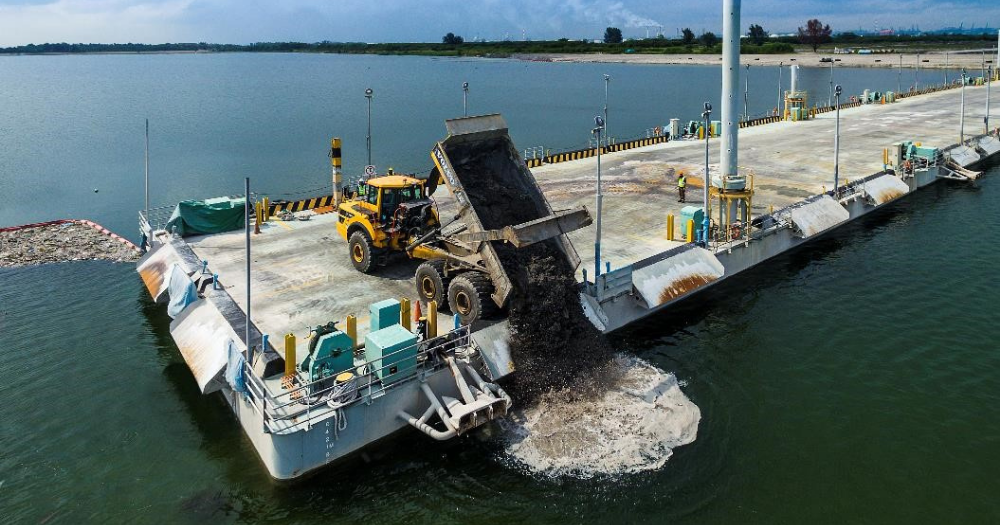
Sharad Agarwal - Chief Business Officer, Classic Legends. This article is authored by Sharad Agarwal, Chief Business Officer, Classic Legends. Finance Minister Sitharaman's 2025-26 Budget presents a clear-eyed vision for India's economic future , balancing immediate growth imperatives with long-term structural reforms.
As someone immersed in India's manufacturing landscape, several aspects of this budget warrant particular attention. The most significant shift comes in personal taxation, with zero tax up to ₹12 lakh representing a substantial boost to middle-class spending power. This could catalyse domestic consumption across sectors, particularly in discretionary spending categories where demand has been historically sensitive to disposable income levels.

For manufacturing, the introduction of a comprehensive national mission addressing ease of doing business, workforce development, and MSME vitality signals a mature understanding of sector needs. The emphasis on clean tech manufacturing support, particularly for EV components, demonstrates the government's commitment to sustainable industrialisation while building domestic capabilities. The customs duty rationalisation, including reduction in motorcycle import duties, reflects a confident approach to global competition.
Rather than perpetuating protectionism, it pushes domestic manufacturers towards greater efficiency and innovation. This balanced approach to trade policy could strengthen India's manufacturing competitiveness in the long run. The Export Promotion Mission and BharatTradeNet platform address crucial pain points in India's export journey.
By focusing on practical challenges like cross-border factoring support and non-tariff measures, the budget provides tangible solutions rather than mere directional support. The proposed National Framework for Global Capability Centres in tier 2 cities could help democratise innovation across India's manufacturing landscape. Infrastructure receives meaningful attention through the ₹1 lakh crore Urban Challenge Fund.
Coupled with power sector reforms focusing on distribution and transmission efficiency, this creates a foundation for sustainable urban growth. The 50-year interest-free loans to states for capital expenditure, totalling ₹1.5 lakh crore, should accelerate infrastructure development while maintaining fiscal discipline.
The MSME sector reforms deserve particular praise. Enhanced credit guarantee coverage and revised classification criteria could strengthen India's manufacturing backbone, especially crucial given MSMEs' role in employment generation and industrial innovation. The ₹20,000 crore allocation for private sector research initiatives signals serious intent about indigenous innovation.
This could help Indian industry move up the value chain across sectors, essential for maintaining competitiveness in an increasingly technology-driven global economy. However, some challenges remain. While the budget supports clean tech manufacturing, transition timelines for traditional industries could have been better defined.
Additionally, the success of many initiatives will depend heavily on implementation efficiency and coordination between central and state governments. The real strength of this budget lies in its integrated approach to economic growth. By simultaneously addressing taxation, infrastructure, R&D, exports, and middle-class consumption, it creates multiple growth drivers.
The focus on reforms as fuel for development, particularly in areas like financial services and regulatory frameworks, shows a sophisticated understanding of modern economic needs. While detailed implementation guidelines will be crucial, the budget's direction suggests a clear understanding that India's economic future lies not in protection, but in building genuine global competitiveness through innovation, efficiency, and market responsiveness. For a nation balancing growth ambitions with structural transformation, this budget provides both the framework and the tools to accelerate towards a more competitive future.
Disclaimer: Views and opinions expressed in this article are solely those of the original author and do not represent any of The Times Group or its employees. Discover everything about the automotive world at Times of India ..















